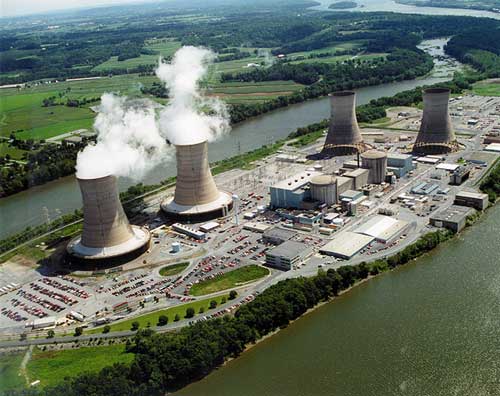 |
| http://conserve-energy-future.com/Images/Nuclear_Power.jpg |
Shortly after that the V-2 rocket was created by Wernher Von Braun in 1942. This was the first long range ballistic missile. The propulsion unit behind the rocket was later a base for NASA's Saturn project. The liquid-propellant rocket was developed during the Second World War in Germany as a "vengeance weapon", designed to attack Allied cities as retaliation for the ever-increasing Allied bombings against German cities. The V-2 rocket was also the first man-made object to enter the fringes of space. [2]
 |
| http://www.constable.ca/caah/v2b.jpg |
When it comes to the Automotive Industry Mercedes Benz first used the Airbag in their S-class early in 1981. In 1997 Otto Bock cam up with the first microprocessor-controlled knee joint. This invention became very helpful for those who live with physical disabilities. In 1936 German engineer Heinrich Focke demonstrated his first fully controllable helicopter.
In 2002 German structural engineer Jorg Schlaich invented the Solar Tower also known as the SUT (Solar Updraft Tower). The SUT is a renewable-energy power plant for generating electricity from solar power. Sunshine heats the air beneath a very wide greenhouse-like roofed collector structure surrounding the central base of a very tall chimney tower. The resulting convection causes a hot air updraft in the tower by the chimney effect. This airflow drives wind turbines placed in the chimney updraft or around the chimney base to produce electricity. [3]
1. Nuclear Fission description; http://en.wikipedia.org/wiki/Nuclear_fission
2. V-2 Rocket explanation; http://en.wikipedia.org/wiki/V-2_rocket
3. SUT description; http://en.wikipedia.org/wiki/Solar_updraft_tower

No comments:
Post a Comment